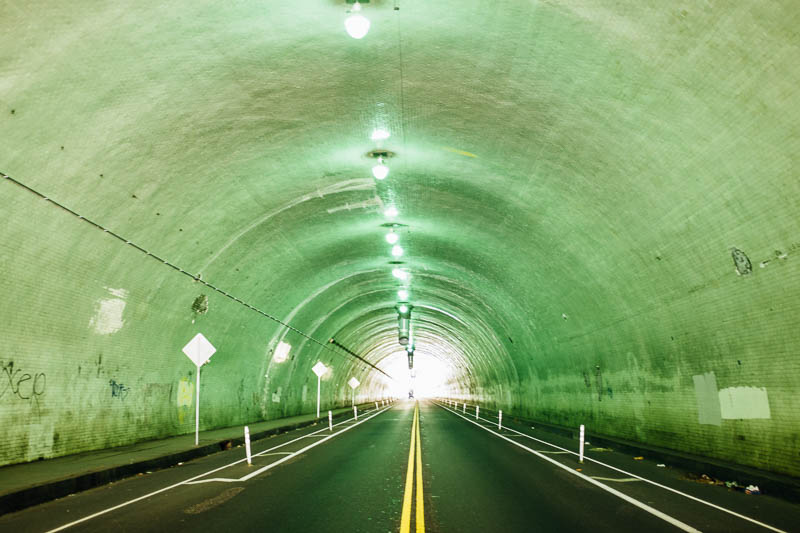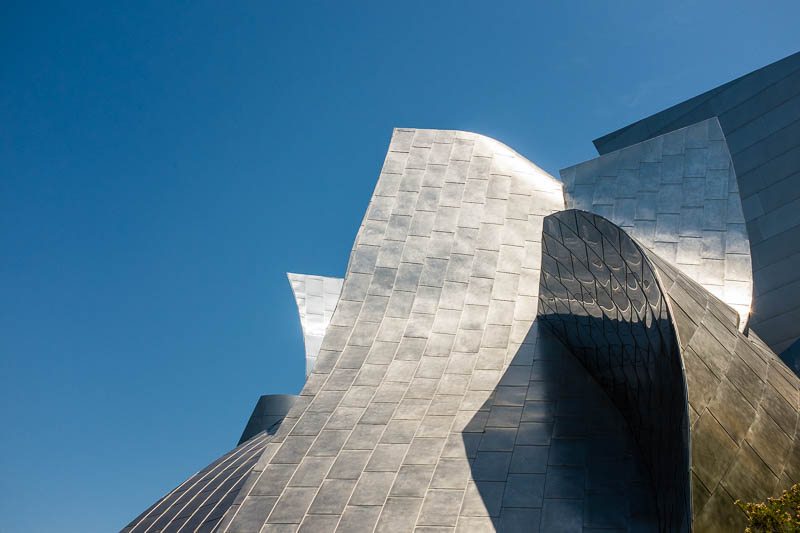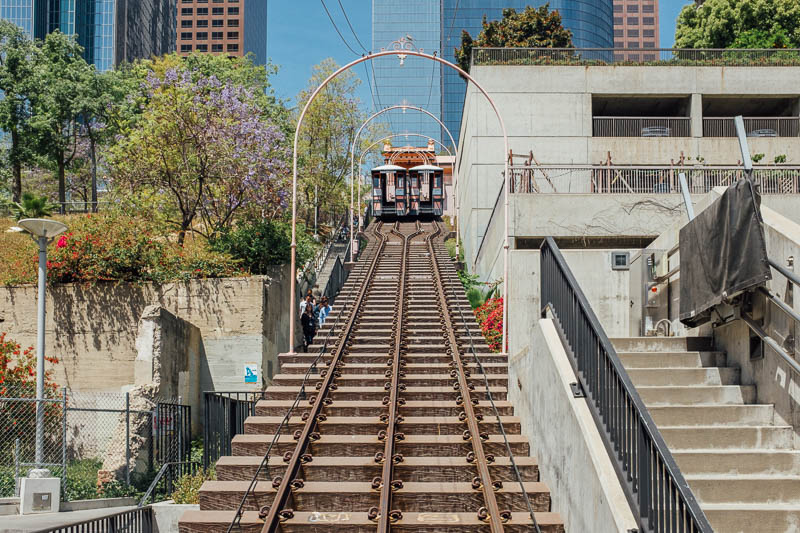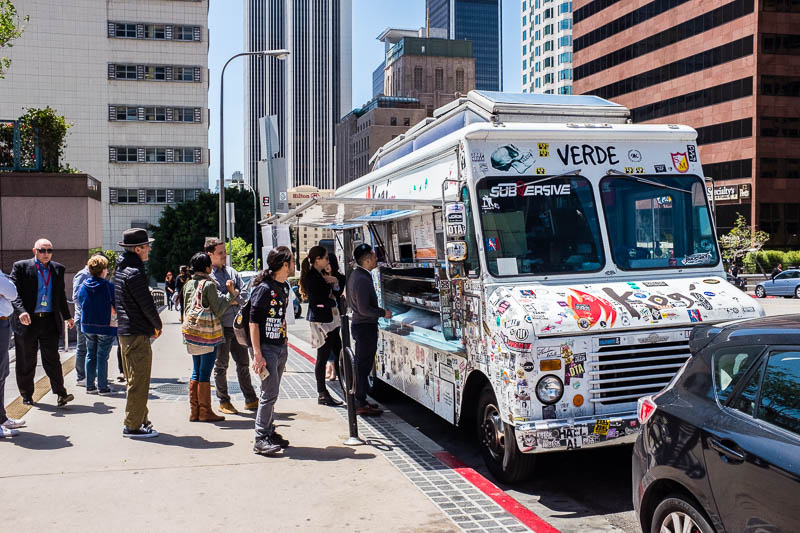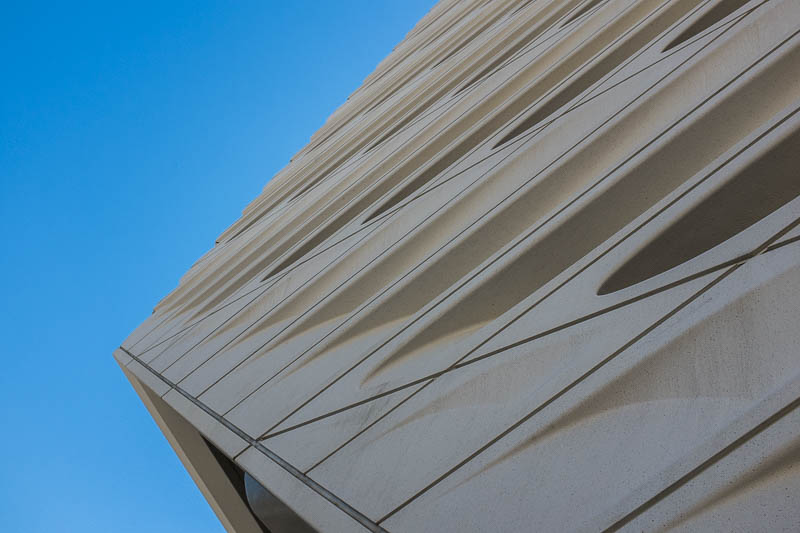LOS ANGELES | There have been several planning mistakes made in Los Angeles over the city’s life, and one of these was the destruction of the neighbourhood of Bunker Hill. I was first made aware of the lost neighbourhood of Bunker Hill while watching Thom Andersen’s fantastic 2003 documentary “Los Angeles Plays Itself”, and it was one of the many reasons why I wanted to visit Los Angeles, a city which is about much more than meets the eye.
Walk through what was Bunker Hill today, and you’ll be in an area that blends seamlessly with Downtown Los Angeles, with several high rise office towers, wide roads, and a few cultural buildings of note such as the Frank Gehry designed Walt Disney Concert Hall and Contemporary Art Museum The Broad. Up until the mid-1950s, however, Bunker Hill was literally a hill, and it separated Downtown from the rest of the city to the west (a tunnel was build through the hill in 1924). 100 feet above where the ground is today, were streets lined with grand Victorian homes, where some of Los Angeles’ wealthiest and most prominent residents lived. In the late 1980s, the Angels Flight funicular transported residents from the top of Bunker Hill to Downtown, where they could see a show on Broadway, shop for the latest fashions in the Fashion District, or purchase market fresh produce from Grand Central Market. It was one of the most vibrant parts of Los Angeles.
As Bunker Hill became more popular, apartment buildings and commercial buildings began to crowd out the Victorian mansions, and the city’s elite began to move elsewhere. By the end of World War I, the socioeconomic and ethnic character of the area had changed, many of Bunker Hill’s grand buildings were in a state of disrepair, and the area developed a reputation as a slum. It was still a vibrant area (the most crowded and urban in the city in fact) but the residents had no power and no voice, and Bunker Hill’s location, wedged between more modern parts of Los Angeles, meant that there was a lot of land value waiting to be “unlocked” by developers. By the end of the 1940s, plans to flatten Bunker Hill, and demolish all of the neighborhood’s buildings were approved. In 1959, demolition began, and by the end of the 1960s Bunker Hill no longer existed.
Very little development occurred in the 1970s, but development picked up pace in the 1980s, with one to two new skyscrapers being completed nearly every decade of the year. Development ground to a halt by the late 1990s, due to a massive downturn in Downtown Los Angeles that saw the area’s office vacancy rate hit an almost nationwide high of 26%. It wasn’t until 2000, when the Los Angeles City Council passed an Adaptive Re-Use Ordinance, that the area began to evolve into what it is today, taking advantage of the renewal of Downtown Los Angeles as a commercial, residential, and cultural district.
Before it was demolished, Bunker Hill was also a very popular place to film movies, and it was the scene of many film noir movies. The Academy Award winning 1997 film L.A. Confidential, was filmed in another part of Los Angeles which saw several parts of Bunker Hill recreated for authenticity. Today, the only part of Bunker Hill that remains is the Angels Flight funicular, which was rebuilt in 1996. Walking through what was Bunker Hill today, with a knowledge of its history, it’s hard not to be saddened by the fact that Los Angeles lost what could have today been one of its most interesting neighbourhoods.


